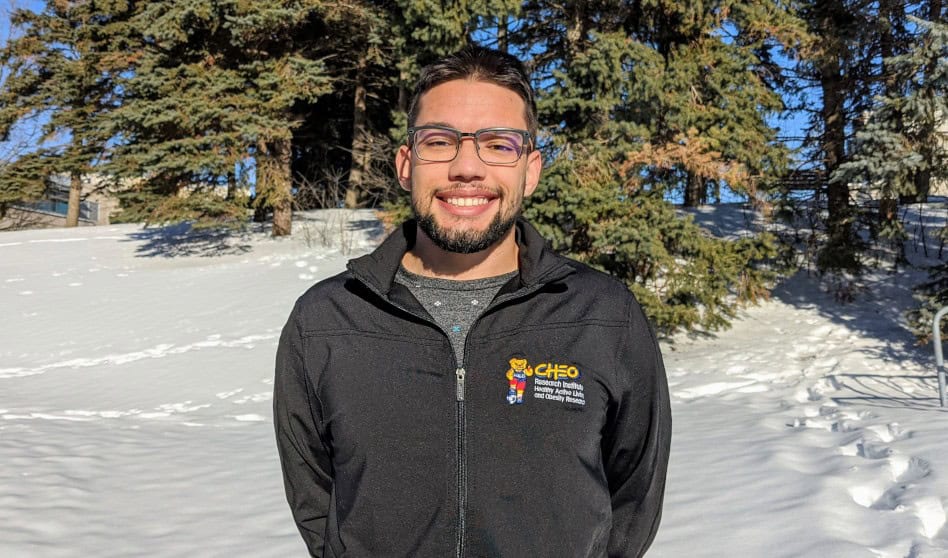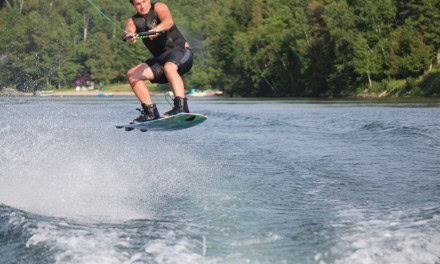Congratulations to HALO PhD Candidate Bruno da Costa on his new paper titled “Prevalence and sociodemographic factors associated with meeting the 24-hour movement guidelines in a sample of Brazilian adolescents” that was just published in PLOS ONE. The study shows that adherence to the 24-hour movement guidelines was 3% with self-reported data and only 0.2% with accelerometer data in a sample of Brazilian adolescents. Citation details and a summary of the paper are below.
Well done, Bruno and team!
da Costa BGG, Chaput J-P, Lopes MVV, Malheiros LEA, Tremblay MS, Silva KS (2020) Prevalence and sociodemographic factors associated with meeting the 24-hour movement guidelines in a sample of Brazilian adolescents. PLoS ONE 15(9): e0239833. https://doi.org/10.1371/journal.pone.0239833
Abstract
Background: The present cross-sectional study aimed to determine the proportion of adolescents meeting the 24-hour movement guidelines, and investigate sociodemographic factors associated with meeting them.
Methods: Self-reported (average daily volume of MVPA, sleep duration, and time watching videos and playing videogames) and accelerometer-measured (MVPA and sleep duration) 24-hour movement behaviors were classified according to recommendations, and sex, age, socioeconomic status (SES), family structure, parental education, and number of people in the household were tested as correlates of meeting recommendations using multilevel logistic regressions.
Results: The proportion of adolescents (n = 867, mean age: 16.4 years, 50.3% girls) meeting the MVPA, ST, and sleep duration guidelines was of 25%, 28%, and 41%, respectively, for self-reported data. From accelerometer data (n = 688), 7.1% met MVPA and 31.7% met sleep duration recommendations. Adherence to all three recommendations was 3% with self-report and 0.2% with accelerometer data. Boys were more likely to meet MVPA, but not ST and sleep-duration recommendations. A positive relationship was observed between age and meeting the ST recommendation.
Conclusions: Adherence to the sleep duration recommendation was higher than to the screen-time and MVPA recommendations and few in this sample of Brazilian adolescents achieved the 24-hour guidelines. Efforts are needed to improve 24-hour movement behaviors.
Click here to read the full article (open access).





